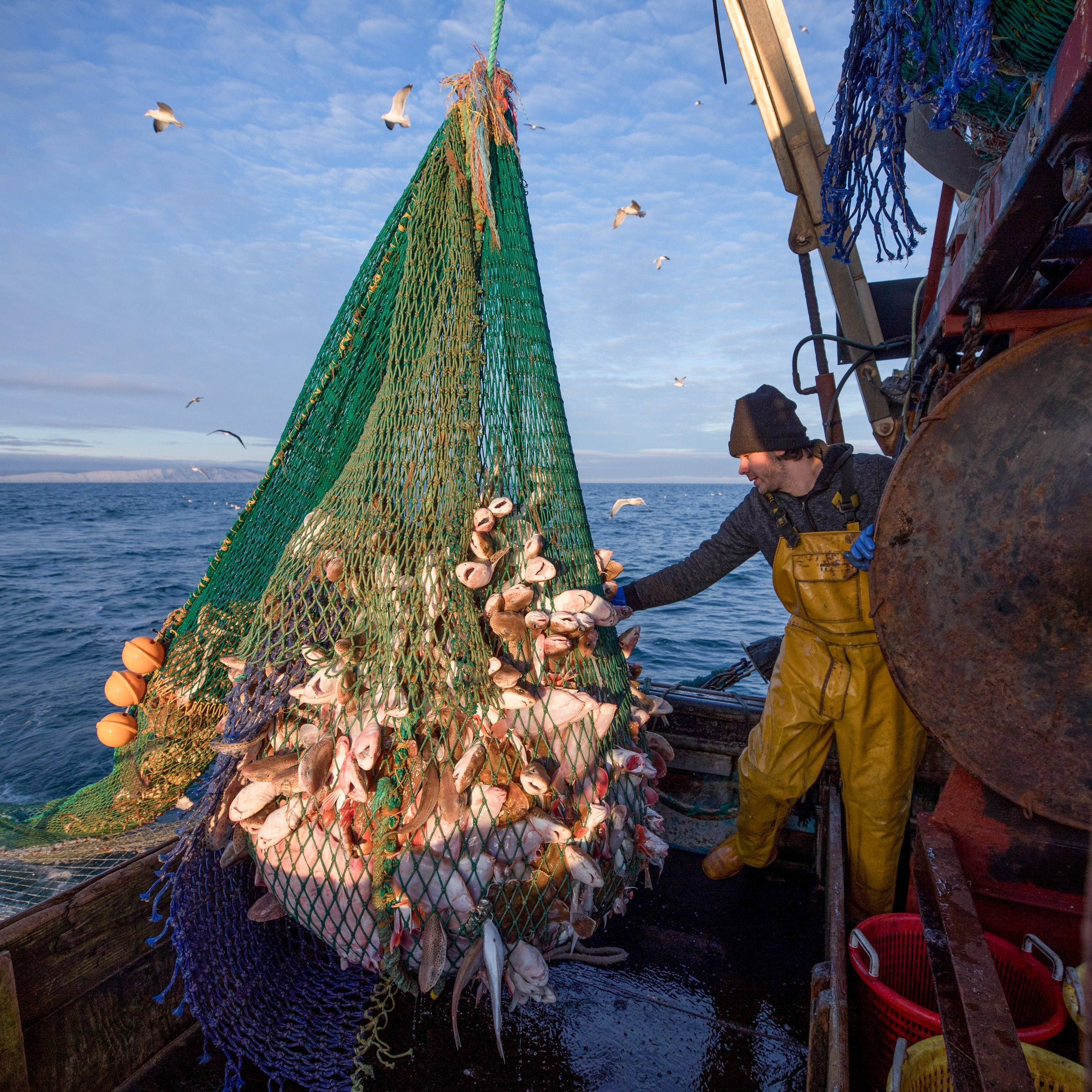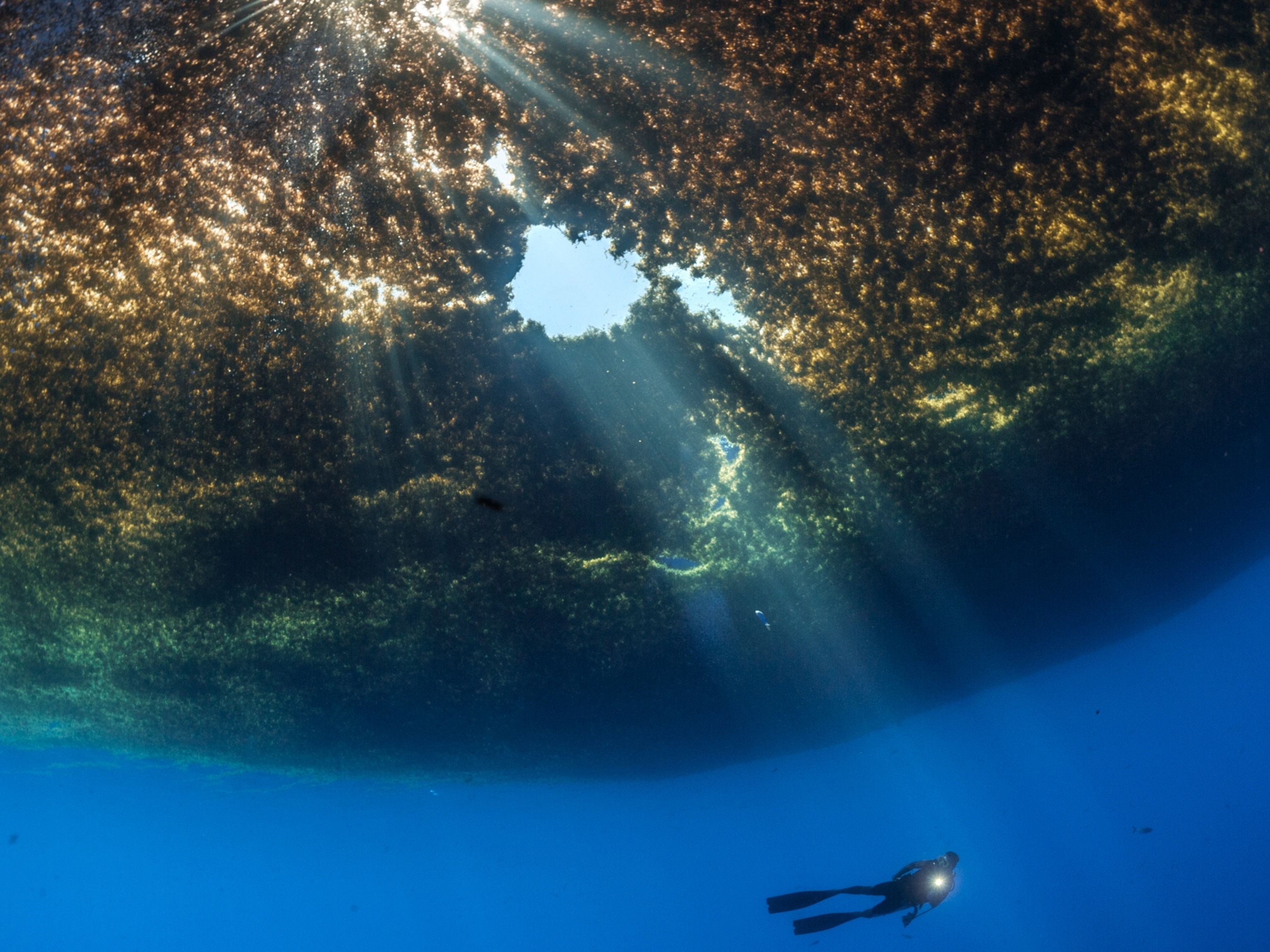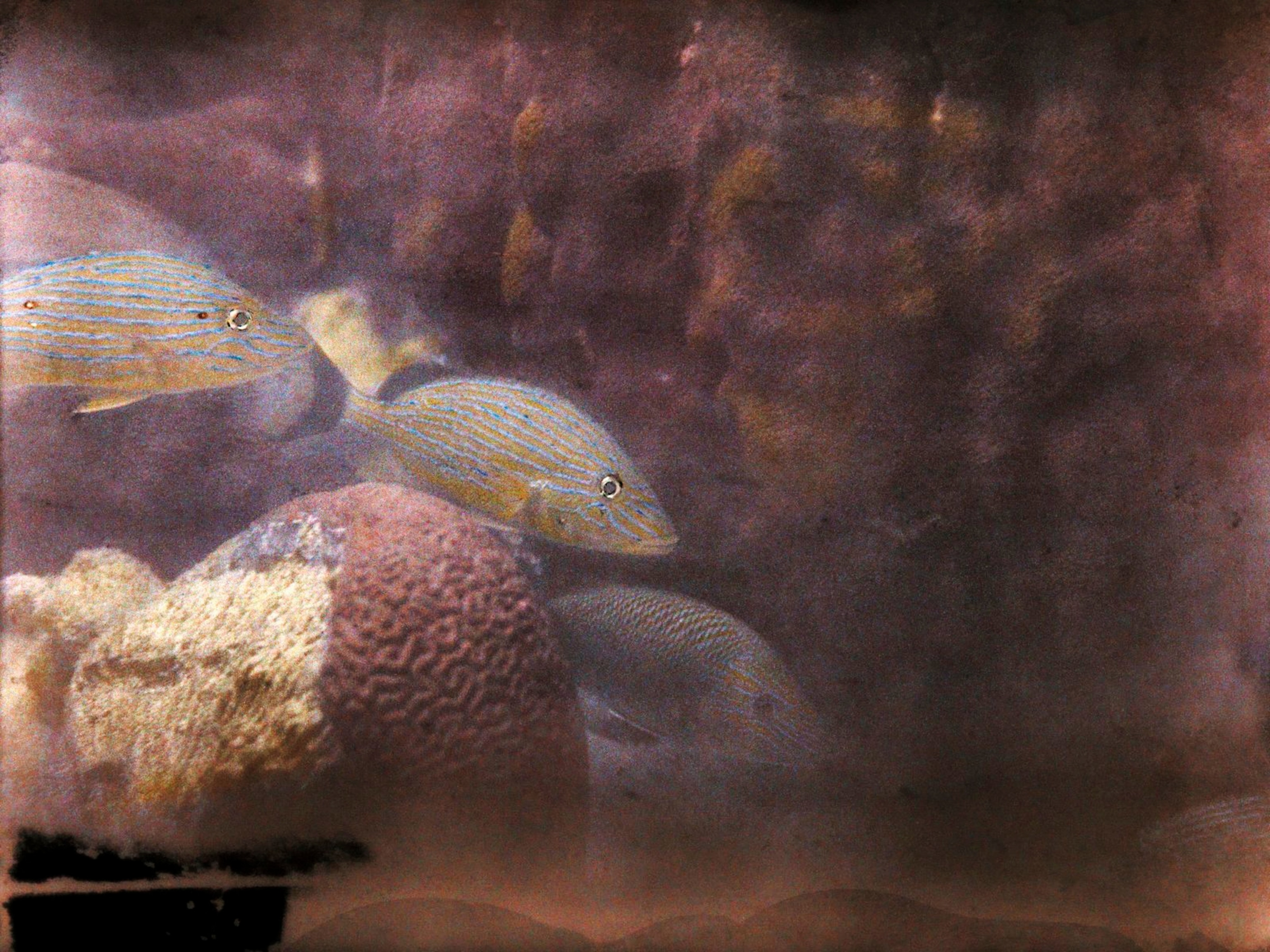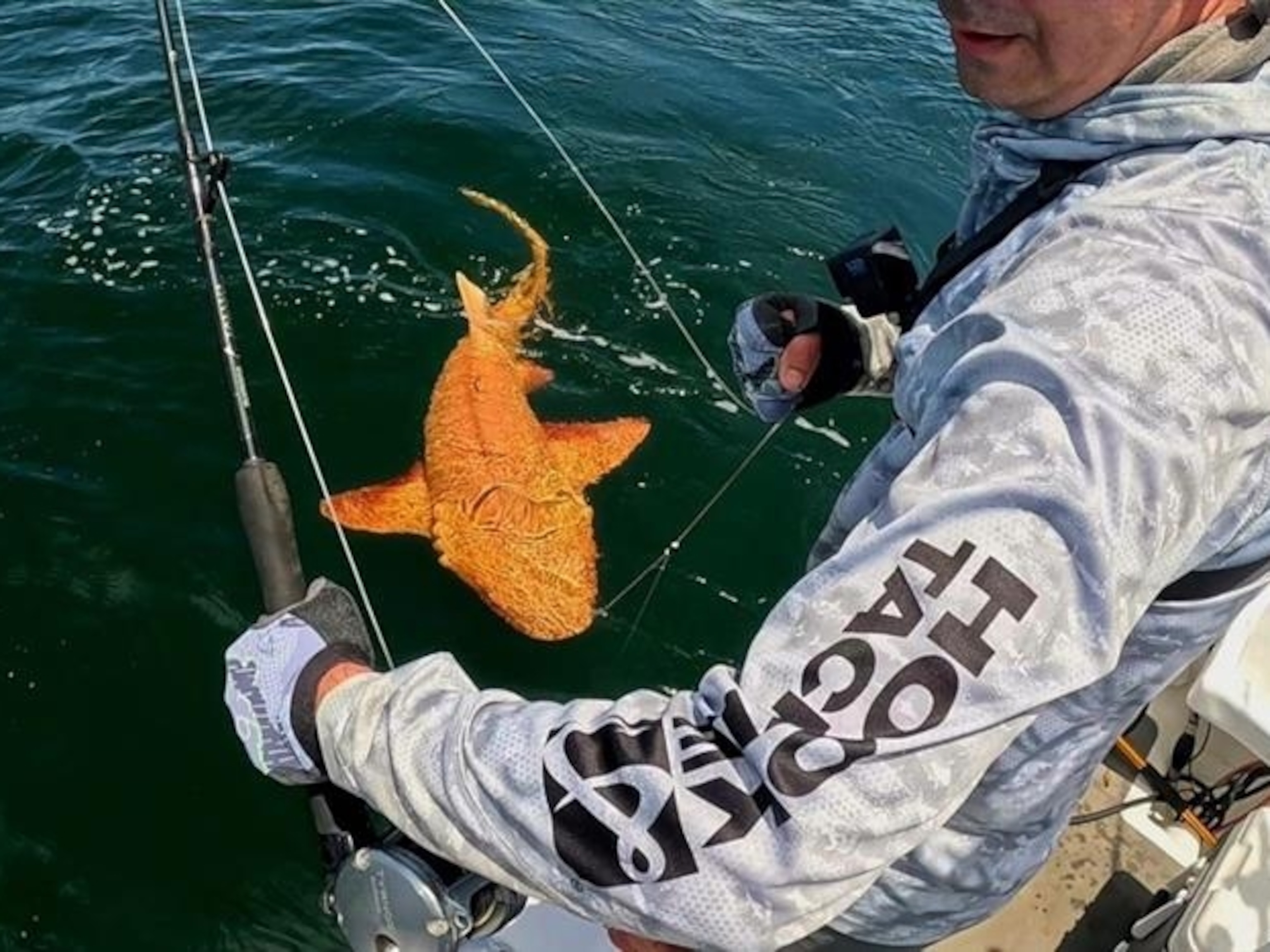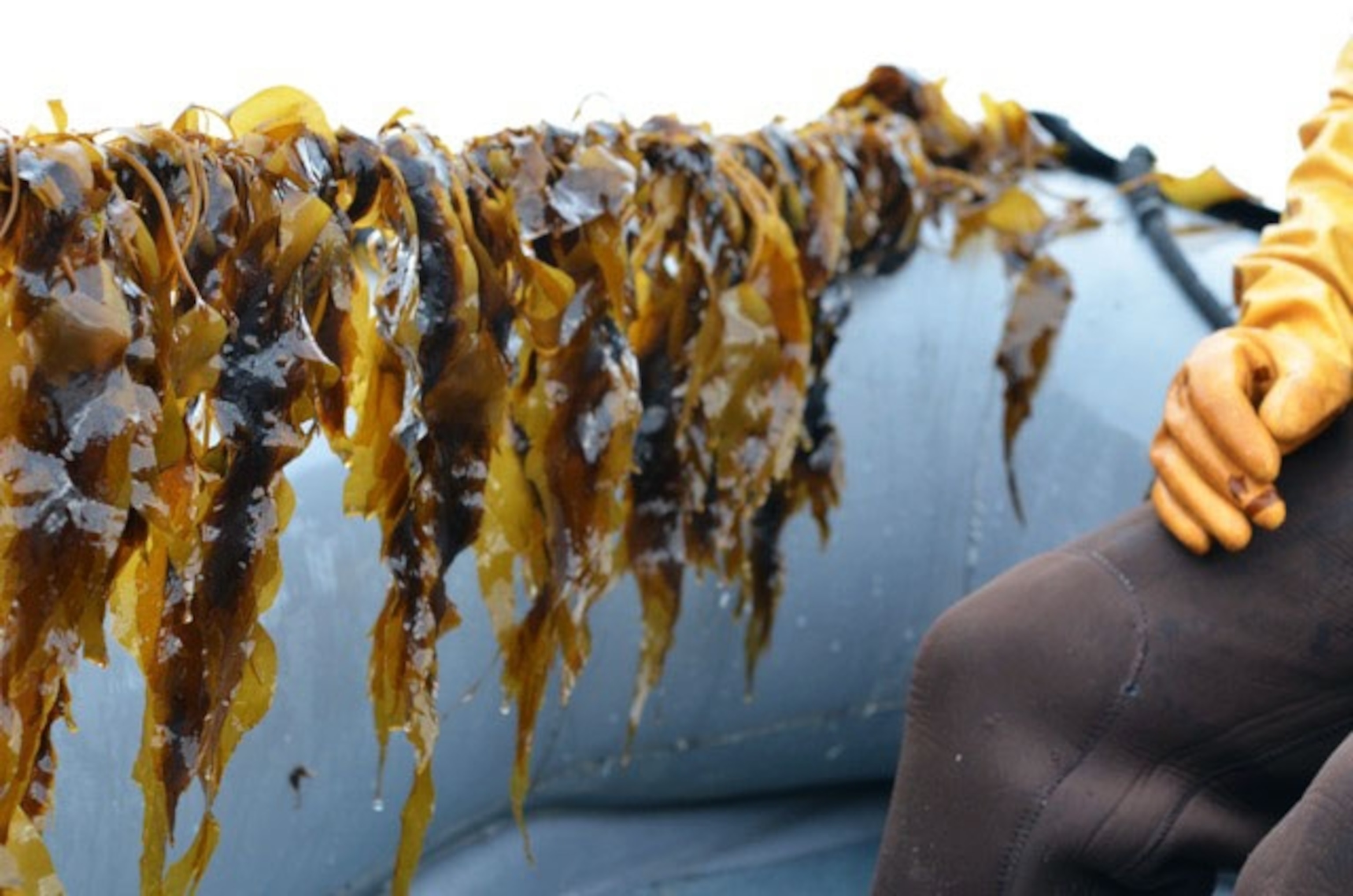
Seaweed Farming May Be the Prescription for Troubled Waters
Even in the dead of winter, the Gulf of Maine is a vibrant place. Birds, crabs, and fish abound. Tiny plumes of smoke rise from the homes of Mainers living along the well-populated Southern coast.
But the sea is changing. The Gulf has warmed faster than any body of water in the world, with climate change models projecting surface temperatures to rise another 5.5°F by 2065. “Since 1982, these waters have warmed at a rate of 0.07°F per year—four times the average,” says Gulf of Maine Research Institute Chief Scientific Officer Andrew Pershing in the journal Science in November. It’s a scenario that could spell the end of many cold-water-loving marine species, including Maine’s premier product, lobster.
But enter a potential knight in green shining armor—the kelp farmer.
Seaweed, or kelp, is a robust crop that requires zero fresh water, arable land, pesticides or fertilizers. When taken from the ocean for harvest, kelp actually removes carbon dioxide, or CO2, acting as a carbon sink.
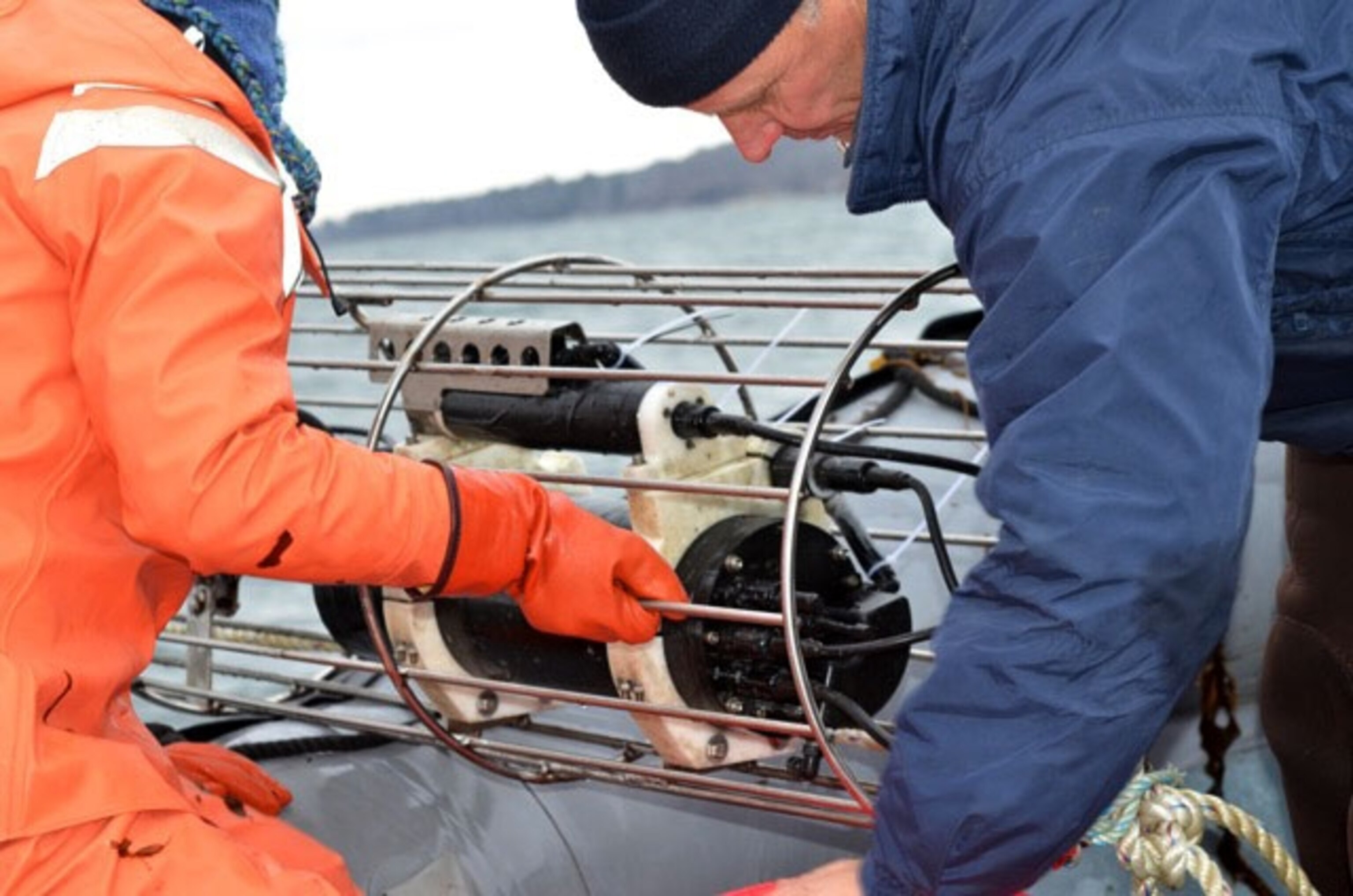
“Kelp consumes CO2, which in our oceans, like in our atmosphere, is too plentiful,. And it remediates ocean acidification,” explains Susie Arnold, lead marine scientist at Rockport, Maine’s Island Institute. Arnold is currently studying just how much American kelp farms can reduce CO2.
And kelp has another benefit: It’s incredibly nutritious, as Asian kelp farmers have known for centuries. Kelp cleans the ocean as it grows, taking in micronutrients excreted by other marine life and photosynthesizing them. Filled with vitamins, Omega-3s and 46 minerals, kelp contains more calcium than milk, more iron than spinach and more fiber than brown rice. And, seaweed is the perfect frozen food—its cellular composition allows it to freeze and thaw twice a day with the tides, without losing its health benefits. (For more on the health benefits of seaweed, see Make Way for Algae on Your Plate.)
Meanwhile, warming waters and the ocean acidification that comes with it are being blamed for the current crash of many New England fisheries. 2016 marks the third year of a shuttered Maine shrimp catch. The National Marine Fisheries is reporting an unprecedented retreat of many species away from the Maine coast, including Pollock, plaice, and flounder. The Atlantic cod catch, one of America’s oldest industries, has already collapsed (see Warm Water May Spell the End of New England’s Iconic Cod). This year, half of New Hampshire’s commercial fishing fleet is out of work, with just nine fleets allowed to fish the Gulf of Maine.

But kelp farmers are doing a brisk business and the nascent industry holds the promise of filling the economic holes left by these collapsing fisheries. At Ocean Approved’s four-acre sugar kelp farm off the coast of Falmouth, Arnold installs a specially-designed pH and CO2 sensor, because as the kelp matures, CO2 drops and pH levels are expected to rise, explains Arnold. And that’s good for the ocean.
While Arnold installs the sensor, kelp farmer Paul Dobbins checks on the sugar kelps’ growth. Ripping off a few glistening fronds, straight from the ocean, they are entirely edible and—surprisingly— not overly salty. “You just got your monthly daily dose of iodine in that one bite, and vitamins, minerals and antioxidants too,” Dobbins tells me.
Seeded in a nursery in September and placed out on ropes submerged seven-feet under in October, Dobbins will harvest this field in March. Dressed in four layers, including what he calls “boat boots,” his weathered hands bare on the boat tiller, Dobbins gives the impression of a swashbuckling seaweed entrepreneur. A biotech graduate, he started the farming operation and production facility seven years ago; now he has open-sourced his science with a how-to manual available to all.
“I want more Mainers out on the water raising this superfood. Over 95 percent of our kelp is imported from Asia and that’s not healthy for our economy or our oceans,” Dobbins shouts over the roar of the outboard motor. He is concerned about the lack of regulation for most Asian fisheries, including kelp harvesting. He says that more U.S.-grown kelp means better managed oceans.
Dobbins is not alone. Three years ago, Portland-based Marine scientist Sarah Redmond and a group of fellow seaweed enthusiasts started the Maine Seaweed Festival to showcase the variety and health benefits of the green stuff. In 2015, attendance doubled. This year, Redmond expects it to triple. “If people knew kelp’s amazing health benefits, it would become an every-day superfood,” says Redmond. “But it’s important for Americans to choose Atlantic or domestic kelp to support this sustainable crop and our citizens farming it.”
And in New England, at least, they are doing just that. Elite boarding schools serve frozen seaweed cube smoothies and local chefs add U.S.-grown kelp to their signature dishes.
Pulling large vacuum packs of frozen, deep green sugar kelp from the walk-in freezer, Philips Exeter Academy Associate Director of Dining Melinda Leonard explains. “When we understood the health benefits and the flavor boost that seaweed could bring to our menu, and then that we could source it locally, it was a no-brainer,” she says.
And that local flavor is spreading. Dobbins says Ocean Approved boasts large commercial clients all over the country and is signing up new ones every day. “From the University of Iowa, to the Juiceland Smoothie chain in Texas, to Whole Foods to Mrs. Green’s New York grocery chain, demand for U.S.-farmed kelp is rising.”
Evan Hennessey, chef and owner of Stages at One Washington in Dover, New Hampshire, has made U.S.-grown seaweed an integral part of his menu. Why? “Seaweed is a master at conveying the true flavor of the ocean. On a plate, Atlantic kelp conjures up the sea with an unmatched honesty.”
Sarah Brown is a writer who has worked for CNN New York, NBC Moscow, and APTV Moscow. She founded the Green Alliance in 2009, an organization that works with business and consumers on sustainability. She can be reached at sarah@greenalliance.biz or on Twitter @SarahBrownGA.
Correction: An earlier version of the story suggested the author received her monthly dose of iodine after one bite of kelp. It was actually her daily dose.

